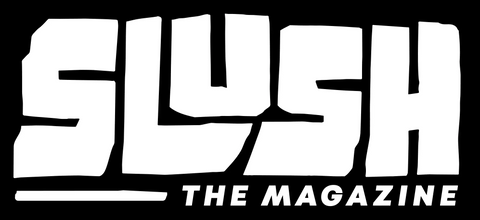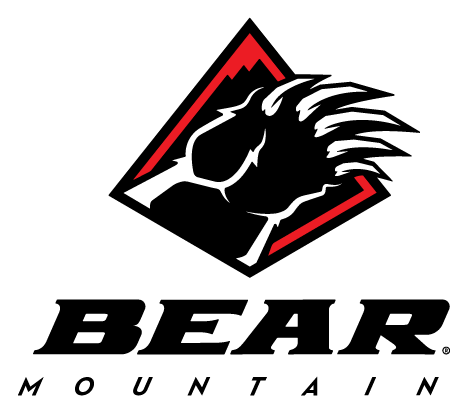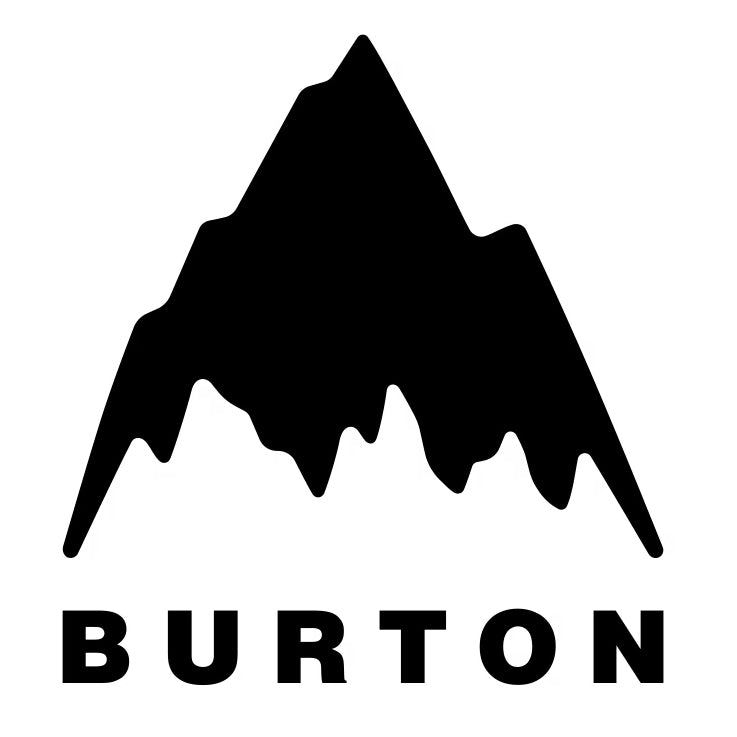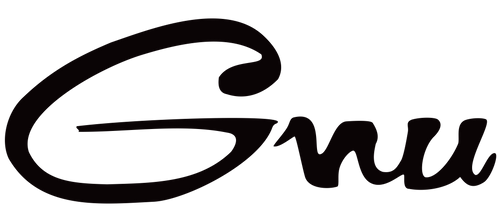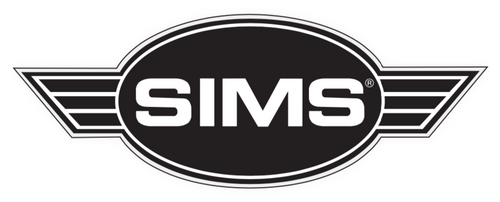
Over five filmed years, Kimmy Fasani and Chris Benchetler’s story unfolds in ways they never expected from being new parents balancing pro athlete and artist careers and adventures, to deep personal loss, struggles, and a battle with breast cancer. Riding the highest highs and lowest lows, they remained committed, raw, and real—and left the cameras rolling.
At the bottom of chair 2 at Mammoth Mountain, California, on a crisp February day, Kimmy opened up about the pivotal moments that shaped the film, the people who helped bring it to life, and what she hopes audiences take away from her soon-to-drop passion project aptly and creatively titled Butterfly in a Blizzard.
Interview by Susie Floros
Butterfly in a Blizzard started as a way to document your and Chris’s journey into parenthood as pro athletes. At what point did you realize this was a much bigger story?
Kimmy Fasani: I realized that this was not just a surface-level story when we were on a month-long trip with Koa as a five-month-old and not having family or anybody to help. I had to pass on an opportunity to go heli riding with Jake Burton Carpenter. I was so anxious as a new mom and not having family or a community of people to support, to do my job, and to feel like I could show up just made me feel really isolated.
Then I started to experience a lot of—I was just so nervous to leave him (Koa). And the mountains are so far away. That ultimately was my decision of not going on the heli because I couldn't time how far and how long I was going to be out there. That was the difference of me thinking I could balance motherhood, watching all of my peers in other sports, where surfing the baby can be on the beach or on a boat. And the mountains are so far away. You have to be so focused to not make mistakes. It just became this very deep dive into my own shell. Where was my anxiety coming from? And that's a question I had to sit with for a while.
I basically had to crack open my whole childhood and be like, this is where my anxiety is coming from. The most shattering part of becoming a new mom was realizing how much our own childhood trauma can affect the way we parent. And for me, I thought that I had moved through all of that already. And then it came crashing back down.
Your mom, Judy, played a huge role in shaping who you are. How did her influence and losing her shape your approach to motherhood in the film?
Kimmy: My mom was always this beautiful reflection telling me that I could do anything I put my mind to. I felt like motherhood was something I had always wanted to do, but never prioritized. And so when I lost her, I felt like the biggest honor I could do was to not give up on my dreams of doing that. I watched her be a single mom and it painted this capable picture for me—we could be career-oriented and a mother. I think losing her was this bridge to develop my voice and stand up for things that I felt were important—even in contract negotiations, to ensure I could continue my work while being fully present as a mother.
Seven years is a long time to bring a film to life. What kept you pushing forward through all the changes, including battling breast cancer?
Kimmy: Every year that we got to a new milestone we would think, okay, we're done. And then it was almost as the season started something drastic would happen. We were like, Well, we can't stop now. And it just was this rapid unfolding of life events that felt too surreal not to capture. We wanted to be as open as possible so not sharing or showing the hard stuff seemed naive. We wanted it to be a deep dive into parenthood and we had to show what our deep dive looked like.
Was there ever a moment when you considered stepping away from the film?
Kimmy: Absolutely. There were multiple times when I thought this is too much. After my cancer diagnosis, I wondered if I had the energy to keep going. But I kept coming back to why we started. If this film could help even one person feel less alone in their struggles then it was worth it. That belief pushed me forward every time I doubted myself.

Let’s talk about your cinematographer, Tyler Hamlet. You had the same filmer — a one-man show the entire time. Can you tell us more about him?
Kimmy: Tyler, a phenomenal human, had worked with Chris for about 20 years prior to beginning this film. So he knew us. He knew Chris really well, and we were like, let's just piggyback off what you're doing with filming us in the backcountry and capture stuff at home. He's a quieter, more introverted person. I think this film was even challenging for him because it opened him to the discomfort of having to be in the room when it's really hard. He was behind his camera seeing these moments that were developing into something and he would just stick with it. He stuck with us through all of the challenges and we just became a family through the process of making this film.
At what point did Rose Corr become a part of the film and how did you two connect?
Kimmy: I had, for a very long time while making this film, wanted a female co-director. I wanted a female that could be a lead on this film that was able to help me tell this story, not just through my lens. I did not want this to be a puff piece on Kimmy. I wanted this to be a lens that other people could relate to. When Dear Rider came out, Donna Carpenter was like, “I have the most incredible woman you have to integrate into your film—her name is Rose Corr, and she's incredible and loves digging through archive footage, and she's going on maternity leave.” And I was like, well, I understand how that works. There's a huge transition that happens when you do that.
It became a happenstance environment where I was filming my Duel for Natural Selection, and Rose Corr was the one editing it, and she was nine months pregnant with her second baby. She was about to go on maternity leave for her second time, and I just threw it out there. I had the biggest smile on my face because she was sitting there watching all my footage for the duel and I just had to ask, “Would you be willing to work on my film?” it was this Hail Mary and she was like, “I have nothing lined up after I have the second baby, I would love to.”
Rose was this essential key component of why this movie turned out the way it is because she shared her perspective watching our footage. She was living a postpartum journey and watching our footage unfold as she was living it. She was telling her motherhood and Matrescense story but through our footage, it was just a unique situation. And even now, she has said to me, I don't know if I can make this movie again because both of our kids are older—you come out of postpartum, and that changes who you are, but to tell a story and to live a story during that very intimate time of your own transformation is just something that we couldn’t redo.

The butterfly is often a symbol of transformation. How did the film’s title Butterfly in a Blizzard come about?
Kimmy: Tyler was trying to explain what our graphics needed to look like, and he was like, “You know, the total opposites of environment like a butterfly in a blizzard!” The butterfly in a blizzard was just polar opposites—can a butterfly even survive such a harsh environment? We felt it was the perfect paradox for how this film shows life. It's this delicate dance through some of life's hardest storms and metamorphosis. Can we come out on the other side with still that softness and appreciation for what life can give you?
(Side note) Everybody we brought on in post (production) was a woman and I think that was also a huge part of the transformation of this film.
For the film’s poster, my husband, Chris Benchetler, painted my chest with butterflies, and it was a Todd Glaser image. We had some graphics done on top of that and the graphics at the bottom were by the whole female led creative team.
In the film, a maternal health expert says the problem with motherhood in Western society is that it's too isolating. Is this theme the heart of the movie?
Kimmy: I think as mothers we are conditioned to feel like we can balance all of our feelings. We can balance all the tasks or duties, the mental load around the house, and we can also balance our careers and not have to talk about it—or not go into the depths of how hard it can be. For my personal experience, the isolation was the most overwhelming feeling because I'm supposed to look like I can do it all, and I feel like that's what society has painted a picture of. So I kept feeling inadequate in my ability to show up for my job, to show up for my children, to show up for my family. It made me feel like— it was paralyzing because I didn't know in which way I could seek help. I think in previous cultures, when we're not so busy, you have time and you have patience to just spend time with one another. Now, it might be a phone call or a text, but we don't have one one-on-one contact with our whole community all the time and everybody is moving in different directions. So how do you find your community when you've always been linked to a community that is in the mountains?
I truly felt that there was this constant resistance. It was so hard for me to find a way to get back onto my snowboard while I was making this movie and that was also part of it. I could watch my husband walk out the door and go on whatever trip he wanted, and I did not feel like I could do that. And in part, it was because of my own desire to be with my child—so it was trying to figure out in my own heart, how do I separate these two things that I have fought for and now I have to prove it to myself and to the industry but really, all I want to do is be here with my child. And yet my body, my spirit, is saying I need time in the mountains for balance and sanity.
It's this juxtaposition of recalibrating. It was like this constant stripping of recalibrating my perspective on what my purpose was. I learned through the making of this film that the foundation of my career was on my snowboard but I feel the truest impact has been being a vocal ambassador for women and advocacy. Just trying to show the real side of what my personal journey is so that, I hope, other people don't feel that isolation. The more we talk about it and normalize that it's a hard juggle—it's the most beautiful gift to experience that growth.
To watch at home you can Pre-Order Butterfly in a Blizzard on AppleTV.
The film will be premiering on the big screen:
Saturday, February 15th: Big Sky Doc Film Festival
Saturday, March 8th: Mammoth Lakes, CA Premiere


